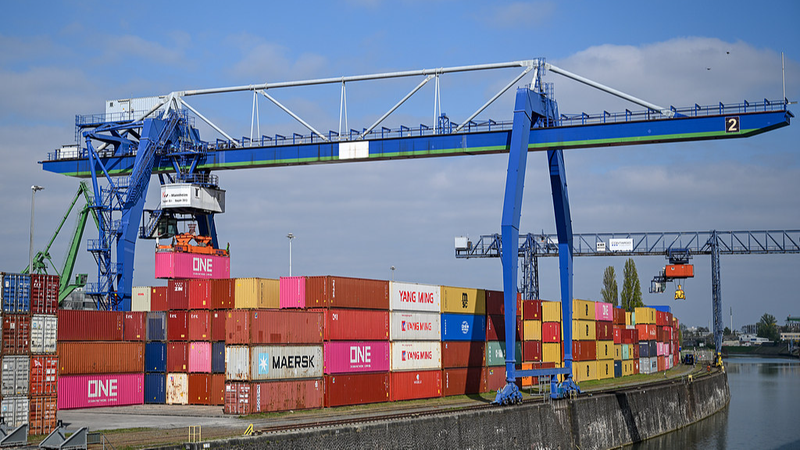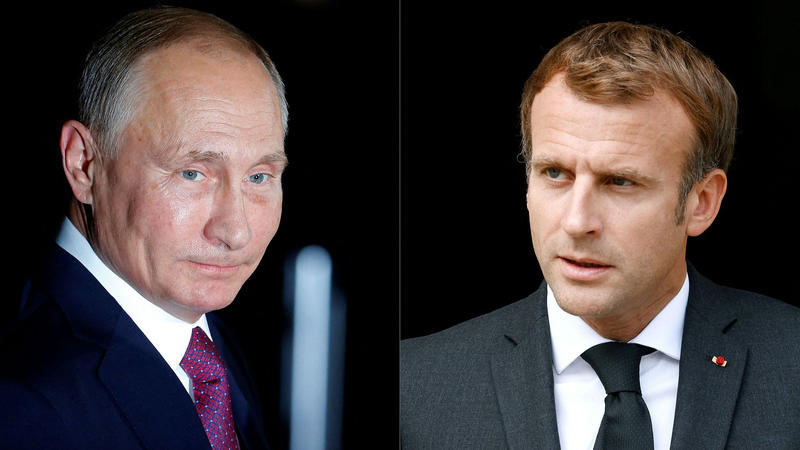European Union member states have approved a plan to impose counter-tariffs on €93 billion ($109 billion) of U.S. goods if negotiations with Washington fail. The move comes as both sides race against an August 1 deadline, when 30% levies on European imports could kick in.
Tariff Timeline and Stakes
The European Commission combined two packages—€21 billion and €72 billion—into one comprehensive list, giving EU members until August 7 to negotiate a deal before any measures take effect. Meanwhile, the U.S. has hinted at a 15% tariff on cars and pharmaceuticals, mirroring an agreement with Japan, should talks succeed.
Numbers That Matter
- €93B: Size of the merged EU counter-tariff list.
- 30%: Potential U.S. tariffs on EU goods starting August 1.
- 15%: Possible unified U.S. rate on key sectors under a new deal.
Expert Insight
Gavran Igor, an economic analyst from Bosnia and Herzegovina, warns, "This is no longer trade policy, but economic aggression." He predicts that punitive levies will disrupt value chains, with smaller EU economies feeling the impact first.
A Pivot East?
In response, the EU is diversifying its trade strategy, seeking stable partnerships in East Asia. Igor notes, "The Chinese mainland stands out, not just for its market scale, but for its economic consistency. Unlike the U.S., where trade policy flips with every administration, the Chinese mainland provides planning stability over decades."
What’s Next?
With a narrow window to strike a U.S. deal, Brussels must balance the risk of tariffs against a broader push to diversify global trade ties. Young professionals, entrepreneurs, and travelers alike will be watching to see if Europe can reshape its economic future.
Reference(s):
EU backs potential counter-tariffs on 93 billion euros of U.S. goods
cgtn.com



